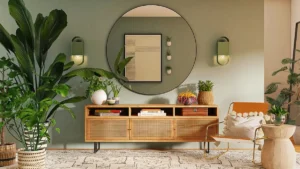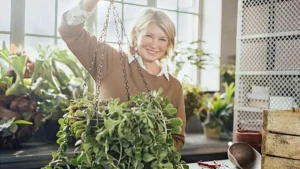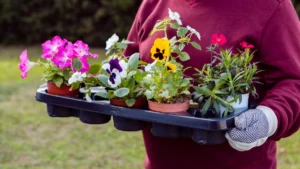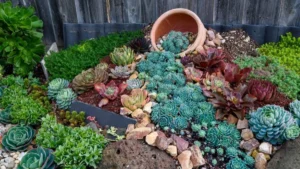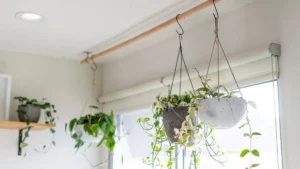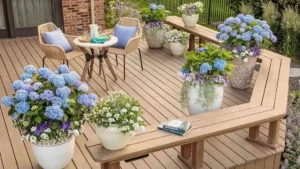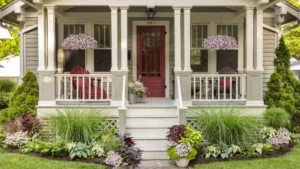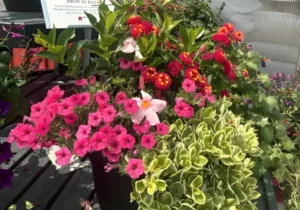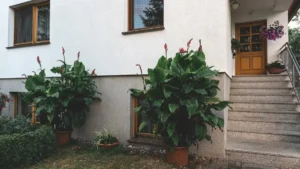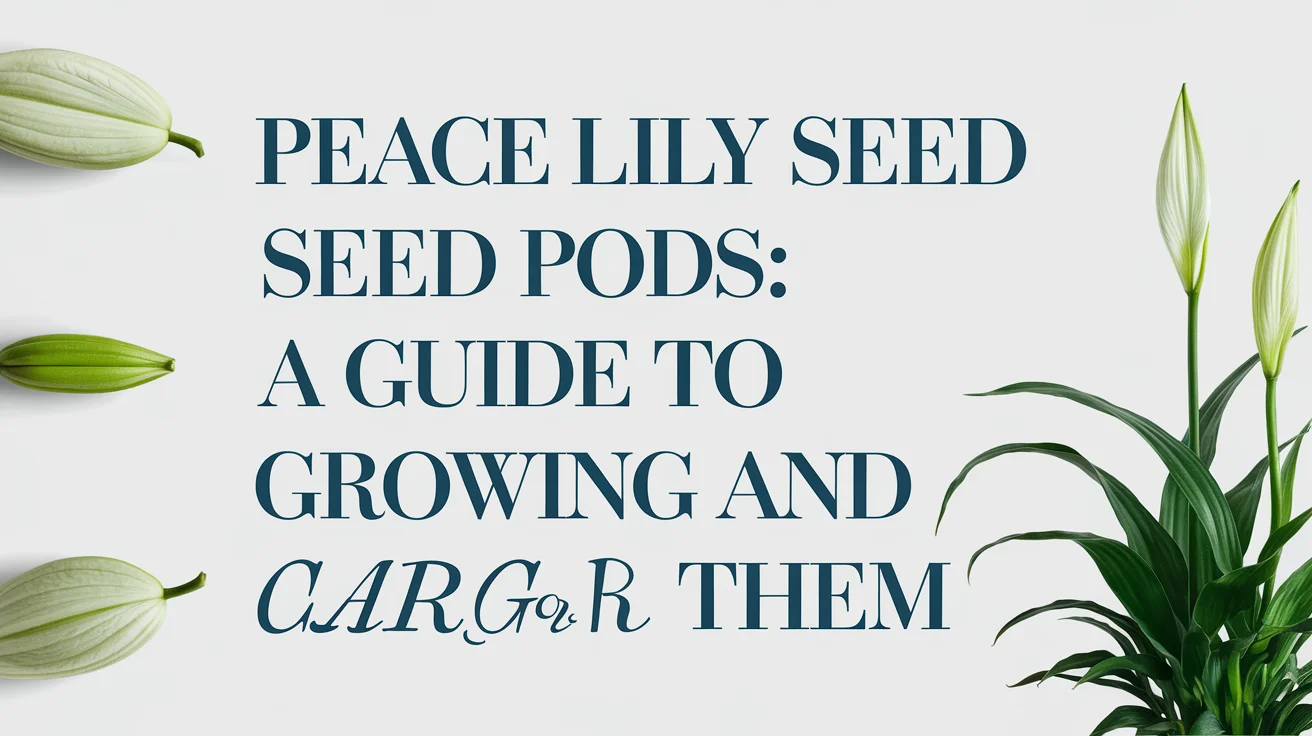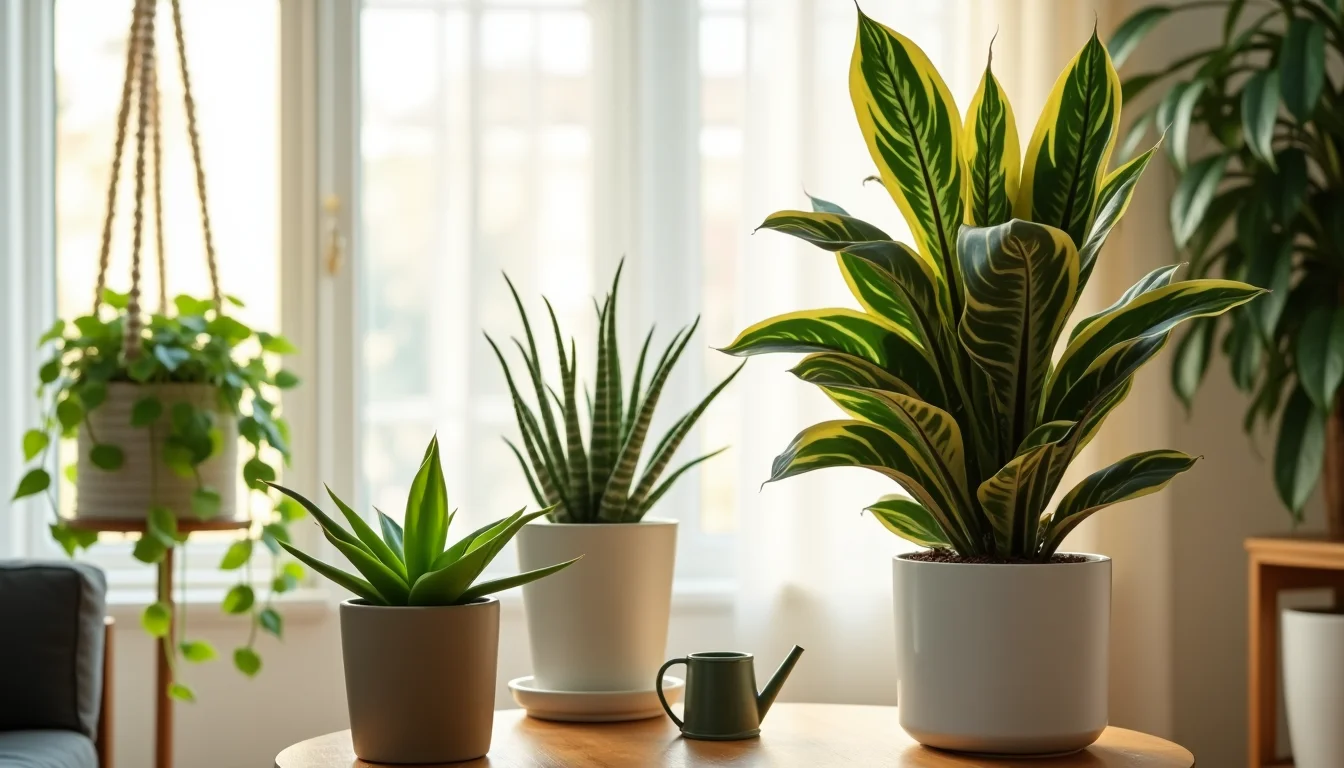Why do plants need sunlight? It’s not just a matter of preference; it’s a matter of survival. Without adequate light, plants cannot manufacture the necessary carbohydrates, and their energy reserves deplete, leading to death. As a plant enthusiast, I’ve learned that sunlight is not just a nice-to-have for our green friends; it’s a must-have.
Plants create their food through photosynthesis, a remarkable process that takes place in specialized structures called chloroplasts. And what powers this incredible process? Sunlight. It’s the key ingredient that helps plants grow by converting carbon dioxide and water into simple sugars.
The process releases oxygen as a beneficial byproduct. Plants that grow faster, flower, or produce fruit need the most light to generate energy.
This piece explores everything you need to know about plants and their connection with light. You will learn about different light requirements and spot signs when your plants need more sunshine.
What sunlight does for plants
Photosynthesis explained simply
Sunlight powers plants in the most basic way. Plants capture light energy and transform it into chemical energy stored in sugars. This fantastic process occurs inside chloroplasts, which contain stacks of membranes called thylakoids.
Chlorophyll, the green pigment in chloroplasts, absorbs blue and red light wavelengths. Plants look green because they reflect green light instead of absorbing it. Light photons excite the chlorophyll molecules and start a chain reaction that splits water molecules into oxygen, protons, and electrons.
Photosynthesis is a two-act play, with each stage playing a crucial role. The first act, the light-dependent reactions, is all about direct sunlight. The second act, the Calvin cycle, uses the energy from the first act to create sugars from carbon dioxide.
How does sunlight help plants grow?
Plants use sunlight’s energy to combine water and carbon dioxide into simple sugars that work as fuel and building materials. These carbohydrates energize every plant function, from growing new leaves to making flowers and fruits.
Plants send about 80 percent of their created sugars to storage sites throughout their structure, including roots and tubers. This stored energy helps plants grow and powers their cells even in the dark.
Light wavelengths affect plants differently. Blue light boosts overall growth, while red light is vital for flower production. Chlorophyll absorbs both these wavelengths during photosynthesis.
Plants have also developed clever protection systems. When sunlight becomes too intense, special proteins called light-harvesting complex stress-related (LHCSR) act like sunscreen. They turn excess energy into heat instead of letting it harm the plant.
Why oxygen and sugar matter for survival
Oxygen released during photosynthesis is significant for plants and all animal life on Earth. Every split water molecule releases oxygen, the same oxygen we need to breathe.
The sugars produced are the foundations of all plant structures and functions. Glucose molecules move through the plant using phloem, which works like a botanical superhighway. Plants use these sugars to:
- Fuel cellular respiration for immediate energy needs
- Build structural components like cell walls
- Store energy for future use in stems, roots, and specialized organs like bulbs
These carbohydrates support the entire food chain. Plants turn sunlight into stored chemical energy that other organisms can use, making them the primary producers in almost all ecosystems.
How plants adapt to different light levels
Investing for survival, plants actively change their structure and behavior to adapt to different light environments. These notable changes, a testament to their resilience, help them maximize photosynthesis no matter where they grow.
Leaf shape and positioning
Light availability shapes how plants develop their leaves. Plants in bright areas grow smaller, thicker leaves to reduce water loss, while plants that grow in shade produce larger, thinner leaves to catch as much of the limited light as possible.
Plants also change their leaf positions based on light conditions. In low-light areas, leaves turn perpendicular to light sources to absorb more energy. In intense sunlight, many plants’ leaves align parallel to light rays, a process called phototropism. This clever positioning reduces light absorption, keeps leaves cooler, and protects them from damage.
Some plants show even more impressive adaptations. Sunflowers track the sun’s movement across the sky. Rice plants protect themselves better from midday sun damage by pointing their leaves upward instead of spreading them horizontally.
Sun-loving vs. shade-loving plants
Sun-loving plants come equipped to handle bright conditions. They have smaller leaves with harsh surfaces, sound water management systems, and better heat tolerance. Plants like succulents, hibiscus, lavender, and snake do great in full sun with six or more hours of daily exposure.
Shade-loving plants excel at making the most of dim conditions. They develop larger surfaces to catch sparse light, pack more chlorophyll into their leaves, and use specialized cells to maximize light absorption. Plants like ferns, begonias, and primroses thrive with less than 4 hours of direct sun.
Signs your plant needs more light
Your plants will tell you when they need more light. Long, skinny stems with spread-out leaves mean your plant stretches to find better light sources. Plants do this to reach areas with adequate brightness.
It’s crucial to watch for signs like tiny leaves, pale green or yellow coloring, growth that leans to one side, or variegated plants turning solid green. These are your plant’s way of communicating its need for more light. Plants often grow slowly or stop during peak seasons
Without enough light, we must recognize these signs and take action.
These signals help you give your plants the light they need to grow strong and healthy.
The role of light color and intensity
Plants respond to light in amazing ways. The color spectrum shapes plants’ growth and development, from their leaves to their flowers.
Blue light vs. red light
Light colors play unique roles in plant development. Blue light (400-500 nanometers) helps plants grow strong and healthy. Plants develop sturdy stems, robust leaves, and a compact structure with blue light. Plants become “leggy” with weak stems and poor leaves without enough blue light.
Red light (600-700 nanometers) makes plants flower and produce fruit. It also helps stems grow longer and leaves expand. Plants also make more carbohydrates than they need to survive. Red light works best for photosynthesis.
Plants thrive with both types of light. They can’t live on blue light alone; each species needs its perfect mix. Most commercial growers use more red than blue light. They add just enough blue light to keep plants from stretching too much.
Why is the green light reflected?
We see plants as green because they bounce back green light while soaking up red and blue. Chlorophyll, the main pigment for photosynthesis, works best with red and blue light, which gives plants the energy they need for photosynthesis.
Plants don’t completely ignore green light; they still use 90-95% of it for photosynthesis. However, green light doesn’t work as well as red and blue.
How seasons and windows affect light.
Light changes throughout the year. Spring brings a perfect blue and red light mix that helps leaves grow healthy. Summer light gets more intense with stronger red and yellow. Fall light turns golden and makes some plants flower. Winter brings mostly blue light.
Window direction makes a big difference for indoor plants. North-facing windows give cool, steady, indirect light that shade-loving plants enjoy. East windows provide gentle morning sun, perfect for medium-light plants. West windows offer warm afternoon light. South windows give the strongest, most direct sunlight.
These changes explain why plants need different types of light as they grow and develop.
Helping your plants get the right light
Your houseplants need more than just understanding – they need action. Indoor plants require different adjustments throughout the year to grow in optimal conditions.
Moving houseplants with the seasons
The angle and intensity of sunlight change with seasons. Winter sun is nowhere near as strong as summer sun. Your plants can handle more direct exposure at this time than they could during warmer months.
Most plants thrive better near windows during winter’s shorter days, helping them get the most from limited daylight hours. Your pots need a quarter turn each week to ensure all sides get equal light exposure.
Summer brings more intense sunlight, so you might need to move some plants away from windows. Sheer curtains can help diffuse intense rays that could scorch leaves. These seasonal changes maintain the perfect balance your plants need.
Using artificial lights indoors.
Sometimes, natural light falls short, and grow lights are a great solution. These specialized lights give plants the nutritional rays they need to photosynthesize.
Your supplemental lighting works best when you:
- Place LED lights 12-24 inches above plants
- Keep fluorescent lights 6-12 inches from foliage
- Give 12-16 hours of light daily
- Use timers to stay consistent
Plants have different needs. Seedlings thrive with lights 4-6 inches above them and need adjustment as they grow. Most foliage houseplants do well with lights 12-24 inches away.
Choosing the right spot in your home
Window direction makes a big difference in available light. East-facing windows give gentle morning sun that medium-light plants love. West windows provide warming afternoon rays. South-facing windows (in the Northern Hemisphere) offer the strongest, most direct light throughout the day.
Light gets weaker as you move away from windows. The brightness at your windowsill drops about eight times just a few meters into your room. Bright-light plants should stay right beside windows. Medium-light plants do well 1-2 meters back, while low-light plants can live further inside.
The perfect spot might take some trial and error. Your home’s light changes with seasons, so feel free to move your plants around until you find their ideal position.
Conclusion
Understanding why plants need sunlight helps us appreciate these amazing organisms better. This piece shows how plants use light energy through photosynthesis to create sugars that stimulate their growth. Light colors play a vital role, too. Blue light helps leaves grow, while red light helps plants flower and produce fruit.
Plants adapt amazingly well to their light conditions. Those long stems stretching toward your window and yellowing leaves tell us precisely what they need. Research shows that small changes in light exposure can make plants much healthier.
Natural lighting isn’t perfect in every home. Smart placement near the right windows, moving plants with the seasons, and adding grow lights work great for indoor gardeners. My experience shows that rotating plants and watching seasonal light changes can prevent many problems early.
Your success depends on giving plants the right amount and type of light, whether you grow sun-loving succulents or shade-loving ferns. Note that each plant’s light needs come from years of evolution – some love bright direct sun while others do better in filtered shade. When you place a plant in your home, consider its looks and its need for light. Your plants will reward your care with healthy growth, beautiful leaves, and even amazing flowers.


